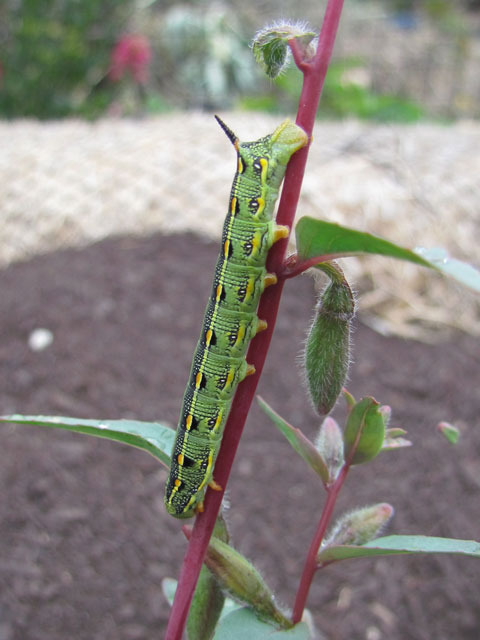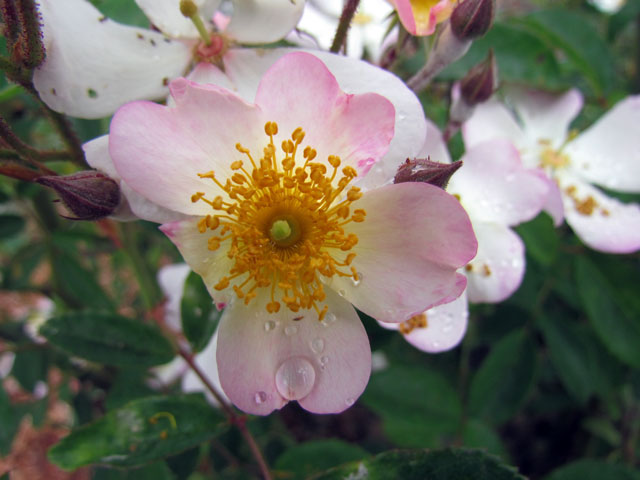If you plant it — they will come. One of the greatest joys of gardening is creating attractive habitat for the small folk.
Now I am not talking about that pesky opossum that bit holes in the jug of fish emulsion left outside last night.
I am referring to dueling hummingbirds, Night hawk moths darting among blossoms at dusk, and the somnolent drowse of bees in the afternoon. Attracting pollinators into your yard is easy with the right plant selections. Fortunately there are many plants to choose from that will thrive in our area.
Easy care favorites for pollinators in the Marina area include: Matilija poppy, Ceanothus, Clarkia concinna, Dill, Echium candicans and E. pininana, Black sage, Cleveland sage, Clary sage, Fennel, White sage, Oregano, Thyme, Rosemary, Parsely, Eriogonum rubescens (Red Buckwheat), Sweet Allysum, California and Shirley poppies, Beach lupine… this is by no means a complete list – just some of the attractive plants that provide lots of pollen and nectar during bloom.
Just a reminder that if providing habitat for butterfly caterpillars, they will be eating your carefully chosen plants. For example, swallowtail caterpillars delight in eating dill, fennel and parsley. If growing these for your own use, you may need to plant extra!

An on-site consultation is a great way to get ideas for plants that will thrive in your particular garden climate. I can help improve your success rate in planting your own pollinator friendly garden.
Plant Lists On-line
North American Pollinator Protection Campaign
www.pollinator.org/guides.htm
There are several brochure choices here: CA Coastal Chaparral, CA Coastal Woodland and CA Coastal Steppe.
Monterey Bay Chapter of the California Native Plant Society
www.montereybaycnps.org/local_list.php
Select geographic region closest to you to download a pdf from list
Bee plant lists – mostly natives but not entirely.
Las Pilitas Wholesale Nursery
www.laspilitas.com/wildlife/California_Bumble_bees.html
Lots of useful information on native plants and bees and a few good chuckles too.
Xerces Society – plant list for pollinators
http://www.xerces.org/fact-sheets/
Pollinator Partnership has eco-regional planting guides to specific zip codes. There is a 24 page guide for California Coastal Chapparral Forest and Shrub regions – that includes forage plants for bats, insects and birds.
http://pollinator.org/guides
UC Berkely Native Bee Garden Project
http://www.helpabee.org/best-bee-plants-for-california.html
Great site – if you can get on it. Often too much traffic to view.
